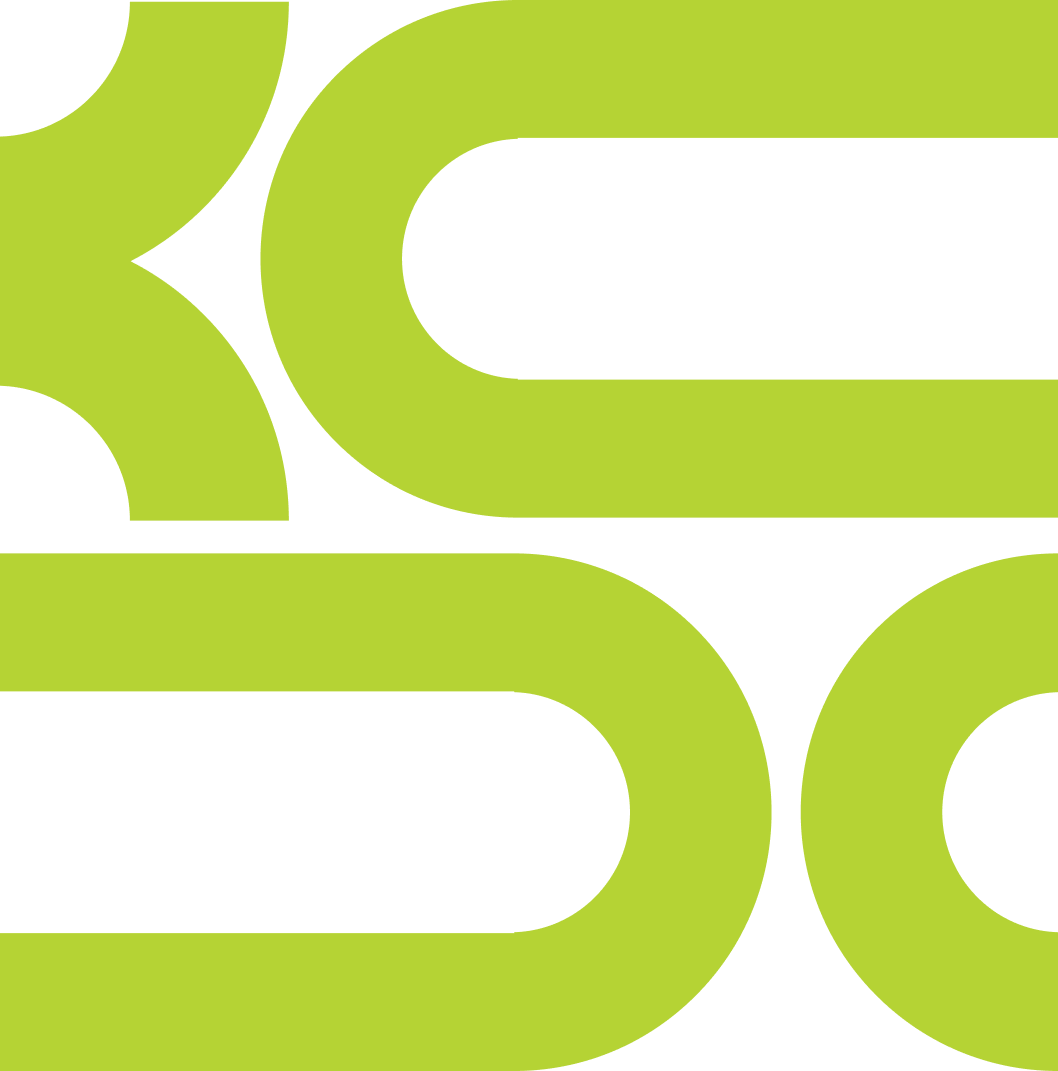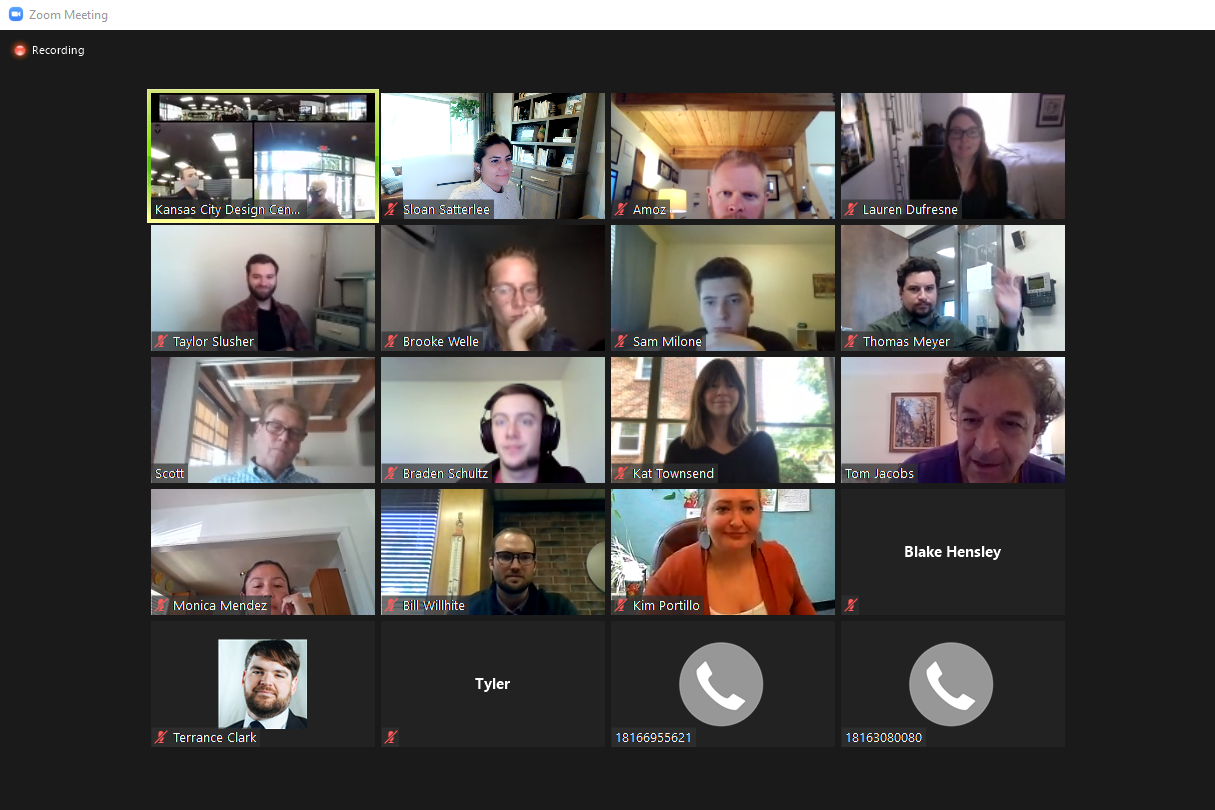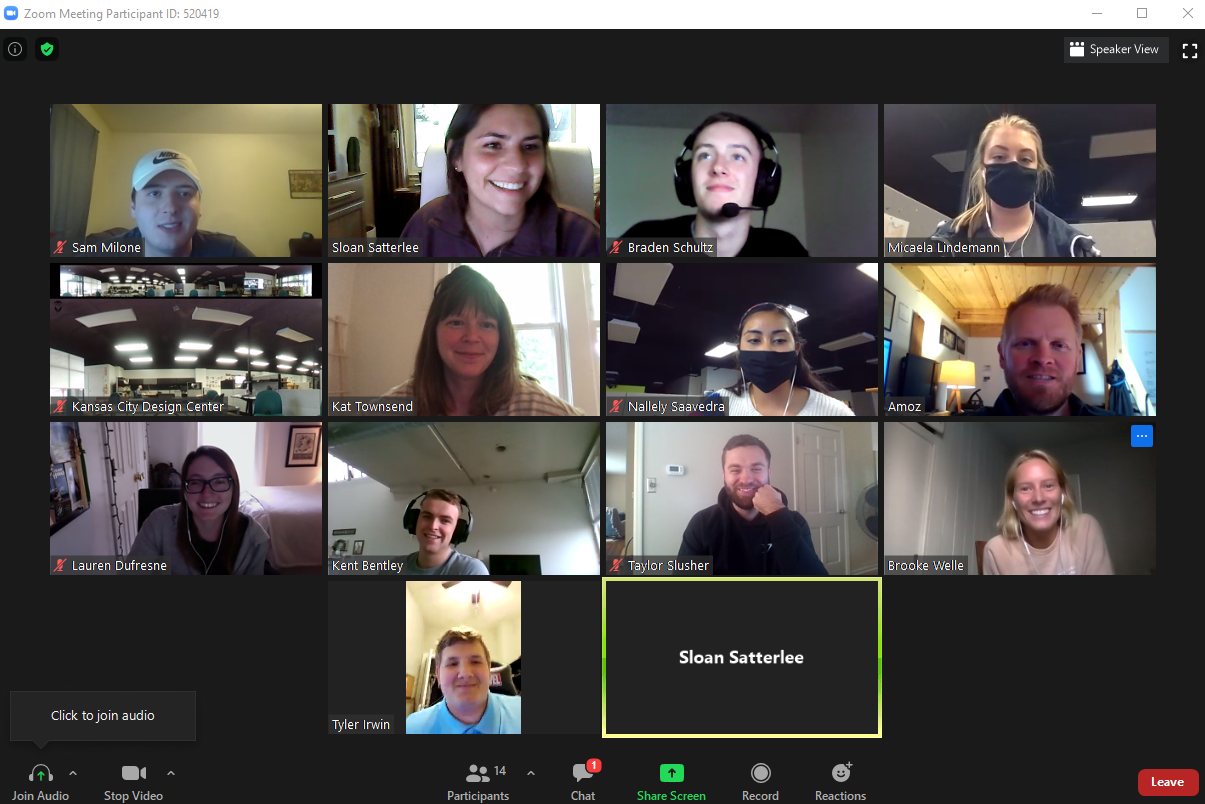The Studio Develops the Project Vision, Mission & Goals
/We started our 8th week of classes with our first professional review. In the midst of virtual learning, we decided to present using google slides to prevent lag time over zoom. As a studio, we have continually been exploring new platforms that are the most efficient for virtual learning. We presented all of our findings during the review which included inventory, cross mapping, analysis, case studies, and our first pass at the vision and mission statement. After receiving strong feedback on how to move forward, we feel confident in our approach.
Our main focus is now revising our Vision & Mission statement, which means making it more structured and relevant without being too specific to allow for some flexibility as we continue the project. We also developed more project specific goals for our site, such as Industrial goals, public realm goals, and ecological goals. Although it is not finalized, we feel like we are pushing these ideas in the right direction.
As we mentioned in past blog posts, a big portion of our mapping is cross mapping, which is when you compare 2 or more maps to develop a new conclusion from the overlaid information. So far, we have only overlaid our inventory maps. After our review, we decided that it was important to also include our analytical maps. Some of the topics we are looking into are: how to reduce stormwater runoff by looking at areas of flooding and the lowest topographical areas on the maps, the comparison of private investment areas with future plans of the city, looking at the levee trail environmental conditions, potential sites for access to the levee trail, and how to mediate brownfield pollution. By comparing our analytical maps with some of our maps from inventory, we can draw conclusions about our site that will influence our overall masterplan when we get to that point.
The other exciting development in studio is that we are starting to lay out the programming book. This book will include all of our work and findings for the entire semester. The first step towards its creation is outlining our information and cutting out whatever is not relevant. There are a few different approaches to do this— first, we could completely eliminate maps that we feel do not pertain to the overall goals. Alternatively, we could use those maps for cross mapping and try to draw conclusions from them that would ultimately help us meet our goals. I think that in the end, there will be a mixture of these strategies as we have over 300 maps and are still producing more. We are excited to see how the project continues to develop… happy midterms!
















